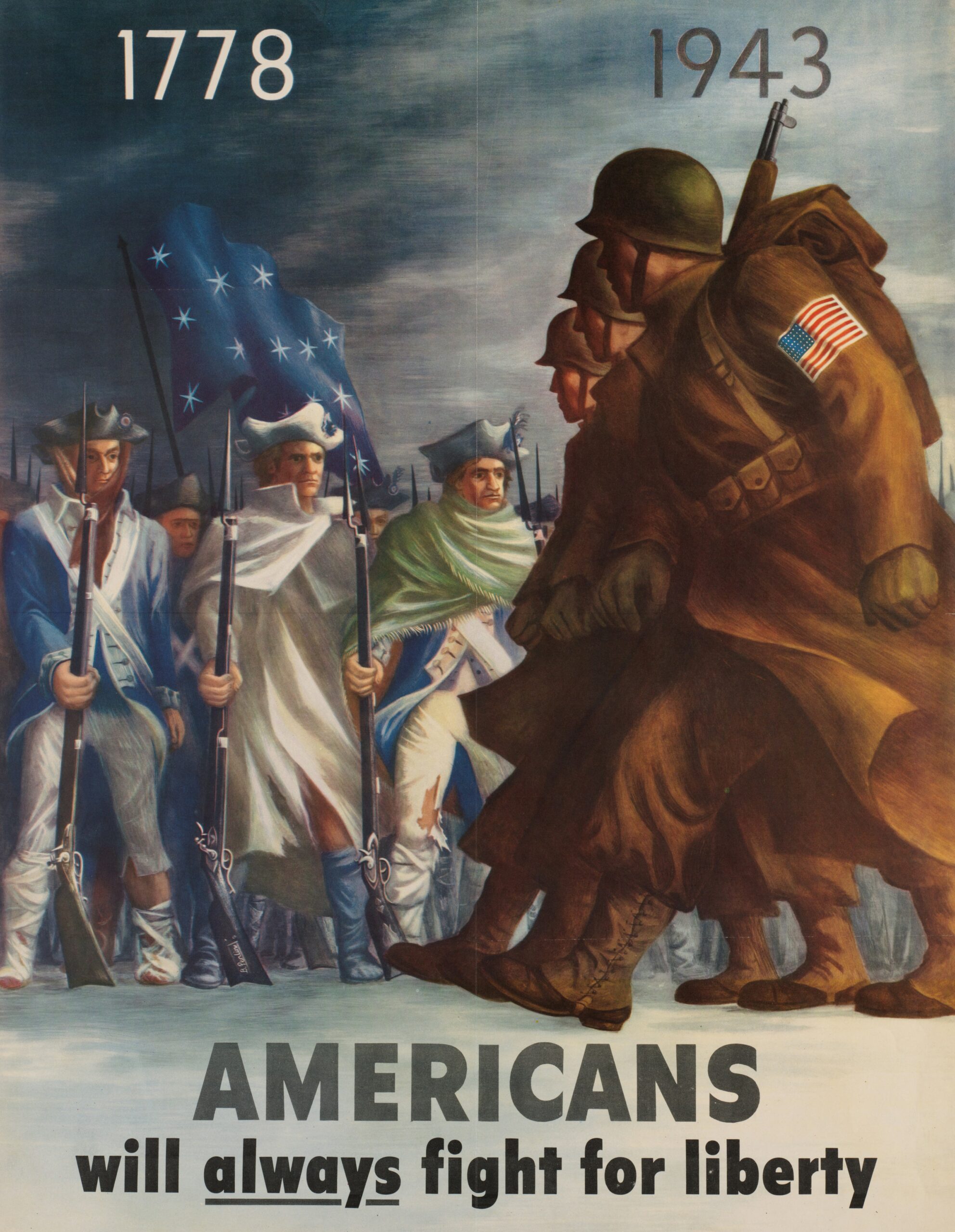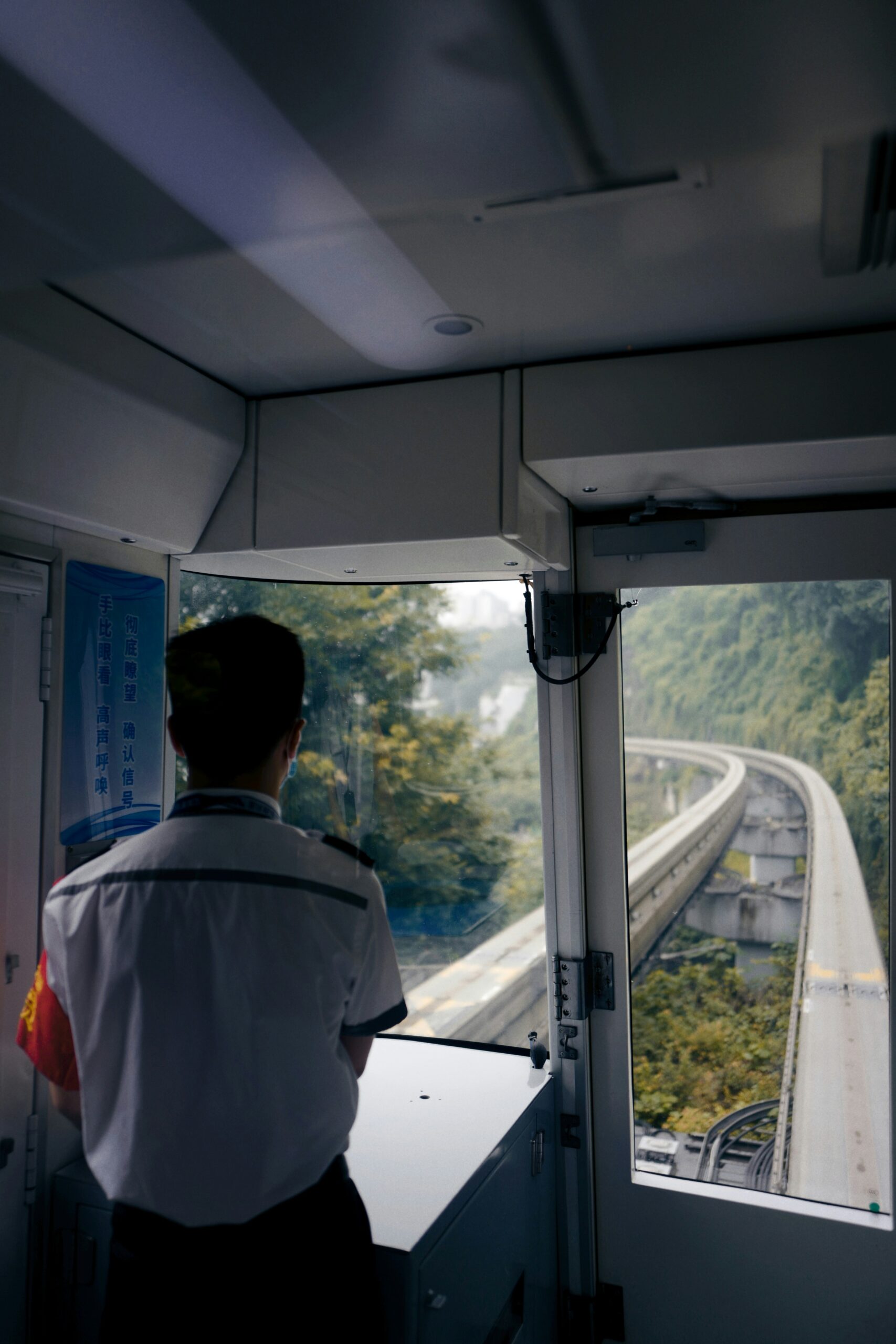Imagine a work environment where you can seamlessly blend into your surroundings, becoming one with the nature that surrounds you. The idea of donning camouflage clothing as part of your work uniform sounds intriguing, doesn’t it? But is it actually possible? In this article, we will explore the potential of incorporating camouflage clothing into work uniforms and discuss the practicality and benefits it may offer. So put on your thinking cap and let’s explore this fascinating concept together!
Understanding Camouflage Clothing
Camouflage clothing has a rich history and serves a unique purpose in various industries and contexts. Originating from military use, camouflage clothing was initially designed to help soldiers blend into their surroundings and remain stealthy during combat. The purpose of this clothing is to disrupt the visual perception of the wearer, making it harder for others to spot them. Over the years, camouflage has evolved to not only serve as a means of concealment but also as a fashion statement and symbol of personal style.
Evolution of Camouflage Over the Years
Camouflage patterns have come a long way since their inception. Initially, camouflage designs were simple, consisting of basic shapes and colors to mimic natural environments such as forests and deserts. However, with advancements in technology and understanding of visual perception, camouflage patterns have become more complex and effective. Nowadays, there are countless variations of camouflage designs tailored to different landscapes and situations, including urban camouflage for city environments and digital camouflage for modern warfare.

Modern Day Uses of Camouflage Clothing
While primarily associated with the military, camouflage clothing has found its way into various facets of civilian life. It is commonly worn by hunters and outdoor enthusiasts who venture into natural environments, as it helps them blend in with their surroundings and avoid detection by animals. Additionally, camouflage clothing has become a popular fashion choice, with many individuals incorporating it into their everyday outfits as a form of self-expression and style.
Current Work Uniform Standards
Work uniform standards vary across industries, reflecting the specific requirements and expectations of each profession. Some industries, such as the military, law enforcement, and security firms, commonly enforce the use of camouflage clothing as part of their standard uniforms. These professions benefit from the camouflage’s ability to provide concealment and recognition among their peers.
Variation Based on Industries
Industries such as outdoor and adventure recreation, forestry, and wildlife conservation may also incorporate camouflage clothing into their work uniforms. These fields often involve employees working in natural environments, where blending in with the surroundings can be advantageous for safety or professional image.
Policies Pertaining to Uniform
When it comes to work uniform policies, companies have the authority to dictate the appearance and dress code standards for their employees. Policies usually address aspects such as professionalism, brand representation, and safety. While some organizations allow employees to personalize their uniforms within certain parameters, others maintain strict adherence to standardized attire.
Significance of Appearance and Dress Code at Work
The appearance and dress code standards within the workplace play a crucial role in shaping perceptions about professionalism, reliability, and competence. Employers often have specific guidelines in place to maintain a neat and consistent image across their workforce. These standards help create a sense of unity and reinforce the organization’s values, key messages, or branding.

Possibility of Including Camouflage Clothing in Work Uniforms
While the use of camouflage clothing may seem unconventional in some work environments, there are certain criteria that can be considered to determine its suitability for inclusion in work uniforms.
Criteria for Choosing Work Uniforms
When selecting work uniforms, organizations typically look for attire that aligns with the nature of their business, promotes safety, enhances professionalism, and complements brand identity. Uniforms should be comfortable, practical, and durable, allowing employees to perform their job functions effectively while projecting a positive image to clients and customers.
How Camouflage Clothing could fit into Existing Criteria
In industries where camouflage clothing is deemed appropriate, its inclusion in work uniforms can fulfill criteria such as promoting safety and blending in with the work environment. For example, in outdoor recreation activities or wildlife conservation, wearing camouflage uniforms can help employees remain inconspicuous for their own safety or to prevent disturbance to wildlife.
Potential Conflict with Standard Uniform Policies
However, introducing camouflage clothing into work uniforms may pose challenges in industries where it is not a conventional choice. It might deviate from existing dress code policies, creating conflicts with the desired professionalism and brand image. Employers should carefully consider the potential impact on employee morale, customer perceptions, and overall work environment harmony before incorporating camouflage clothing into standard uniforms.
Pros of Wearing Camouflage Clothing at Work
While there are potential drawbacks to including camouflage clothing in work uniforms, there are also several advantages to consider.
Asserting Individuality and Personal Style
Allowing employees to wear camouflage clothing at work can provide them with a sense of individuality and personal expression. By enabling workers to showcase their unique style, it contributes to a positive work environment that values diversity and encourages creativity. This can foster a stronger sense of belonging and employee satisfaction.
Functionality Aspects and Durability of Camouflage Clothing
Camouflage clothing is known for its durability and functionality. It is often designed to withstand the rigors of outdoor activities and challenging work environments, making it ideal for industries that require rugged clothing. The sturdy materials and construction of camouflage attire ensure that employees can perform their job tasks comfortably and with enhanced physical protection.
Psychological Benefits and Employee Satisfaction
Wearing camouflage clothing can have psychological benefits for employees. Studies have shown that wearing clothing associated with a particular role or profession can enhance an individual’s confidence, motivation, and job satisfaction. Allowing employees to wear camouflage clothing can create a sense of pride in their occupation and contribute to a positive work culture.

Cons of Wearing Camouflage Clothing at Work
While there are potential benefits, there are also drawbacks and concerns associated with incorporating camouflage clothing into work uniforms.
Possible Misinterpretation or Miscommunication
The use of camouflage clothing in the workplace may lead to misinterpretation or miscommunication among colleagues, clients, or customers. Some individuals may associate camouflage with militaristic or aggressive behavior, potentially creating a concerning or intimidating atmosphere. Employers need to carefully evaluate the potential impact on the overall perception and reputation of the organization.
Distraction and Damage to Professional Image
Camouflage clothing, due to its bold and distinctive patterns, may create distractions in the workplace. This can divert attention from important tasks or interactions, negatively impacting productivity and professionalism. Additionally, if the camouflage clothing does not align with the organization’s brand image or visual identity, it may damage the professional image and credibility of the employees and the company as a whole.
Potential for Creating Uneasiness or Discomfort among Colleagues
Introducing camouflage clothing into a work environment where it is not the norm may create uneasiness or discomfort among colleagues. Some employees may feel that it undermines the cohesiveness and unity of the team, as it can be perceived as favoring personal expression over collective professionalism. Employers should consider the potential impact on team dynamics and morale before implementing camouflage clothing as part of the work uniform.
Case Studies of Camouflage Clothing in Work Uniform
To gain a better understanding of the practicality and success rates of incorporating camouflage clothing into work uniforms, it is beneficial to examine specific industries where its use is prevalent.
Industries where Camouflage Clothing is Common
The military and law enforcement sectors are prime examples of industries where employees commonly wear camouflage clothing as part of their uniforms. The use of camouflage in these professions serves functional purposes, ensuring the safety and optimal performance of personnel during operations.
Success Stories of Implementing Camouflage Uniform
In industries where blending in with nature or specific environments is vital, such as wildlife photography or animal research, the inclusion of camouflage clothing in work uniforms has proven successful. Employees can move about discreetly without causing unnecessary disruptions to the environment or alarming wildlife. This enhances the quality and effectiveness of their work.
Existing Challenges and Solutions
Industries that have successfully implemented camouflage clothing in work uniforms have also faced some challenges. One common challenge is the management of variations in camouflage patterns and designs among employees. Organizations have overcome this by setting uniform guidelines that dictate specific camouflage designs or color schemes to maintain consistency within the workforce.
Legal and Ethical Considerations
Before incorporating camouflage clothing into work uniforms, there are legal and ethical considerations that employers must address.
Legal Restrictions on Wearing Camouflage
Depending on the jurisdiction and context, there may be legal restrictions on wearing camouflage clothing. In some countries, camouflage attire is reserved solely for military or law enforcement personnel. Employers must familiarize themselves with local laws and regulations to ensure compliance and avoid any potential legal issues.
Respect towards Military Uniforms and Camouflage Print
Employers should also consider the ethical implications of incorporating camouflage clothing into work uniforms. Doing so may be seen as a trivialization or disrespect towards military uniforms and the symbolism they hold. It is essential to balance the desire for individuality and personal style with respect for the significance of military attire and the sacrifices associated with it.
Alternatives to Camouflage Clothing at Work
If the inclusion of camouflage clothing in work uniforms is not feasible or appropriate, there are alternative ways to incorporate camouflage elements without compromising professionalism.
Theme Days or Special Occasions
Organizations can designate specific days or occasions where employees are allowed to wear camouflage clothing. This approach allows employees to showcase their personal style while maintaining a consistent professional image on regular workdays.
Subtle Incorporation of Camouflage Designs
Rather than utilizing full camouflage outfits, companies can consider incorporating subtle elements of camouflage into their standard work uniforms. This could include small camouflage patches or accents on hats, ties, or other accessories, offering a touch of individuality without overshadowing the overall professional appearance.
Accessories and Personal Items Bearing Camouflage
Employees can express their preference for camouflage by incorporating it into their personal items and accessories, such as bags, phone covers, or keychains. This gives individuals the opportunity to showcase their personal style while keeping the standard work uniform intact.
Opinions from Employees and Employers
To gauge opinions on wearing camouflage clothing at work, it is crucial to consider the views of both employees and employers.
Employee’s Perspective on Camouflage at Work
Employees may welcome the option to wear camouflage clothing at work, as it allows them to express their unique style and preferences. It can foster a sense of pride and identity in their profession, potentially leading to increased job satisfaction and motivation. However, some employees may have reservations about the impact on professionalism and team cohesion.
Employers’ View on Allowing Camouflage in Workplace
Employers should carefully weigh the potential benefits and drawbacks of allowing camouflage clothing in the workplace. While accommodating individual preferences can contribute to a positive work environment, it is essential to consider the impact on professionalism, customer perception, and overall brand image. Employers may also need to address potential challenges such as uniform guidelines and consistency.
Responses from HR Professionals
HR professionals play a vital role in shaping and enforcing dress code policies within organizations. Their insight into employee preferences, legal considerations, and the company’s culture can help organizations strike a balance between individuality and uniformity. HR professionals should solicit feedback and conduct thorough assessments to determine the viability of incorporating camouflage clothing into work uniforms.
Future Trends in Work Uniforms
Just as fashion trends evolve, so too do work uniforms. The future of work uniforms may witness the integration of camouflage designs in innovative and unexpected ways.
Possible Integration of Camouflage Designs
As workplaces continue to evolve, there may be industries and professions that find creative and practical ways to incorporate camouflage designs into their work uniforms. This could involve collaborating with designers to create bespoke camouflage patterns that align with the organization’s aesthetic and brand identity.
Balance Between Individuality and Uniformity
The future trend in work uniforms may emphasize the importance of striking a balance between individuality and uniformity. Companies may adopt more flexible policies that allow for personal expression while maintaining a cohesive and professional appearance. This would enable employees to incorporate elements of their personal style, including camouflage clothing if appropriate, into their work attire.
Influence of Casual and Comfort Wear on Future Work Uniforms
The increasing influence of casual and comfort wear on fashion trends may also impact the future of work uniforms. As workplaces become more flexible and less traditional in their attire expectations, camouflage clothing might find its way into various professional settings, especially those that value comfort and practicality.
In conclusion, the inclusion of camouflage clothing in work uniforms depends on various factors such as industry, workplace culture, and legal considerations. While it offers opportunities for individual expression, personal style, and functionality, the potential drawbacks in terms of professional image, potential misinterpretation, and team dynamics must also be carefully considered. Striking a balance between individuality and uniformity, and exploring alternative ways to incorporate camouflage elements, can provide employees with a sense of personalization while maintaining a cohesive work environment. The future trends in work uniforms may see further integration of camouflage designs, reflecting evolving fashion norms and changing attitudes toward professional attire.

